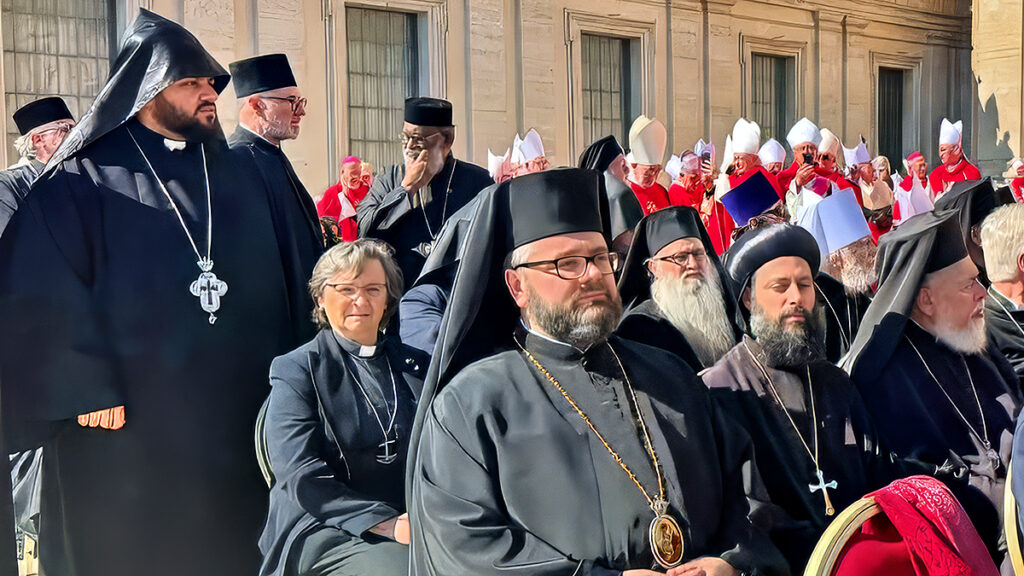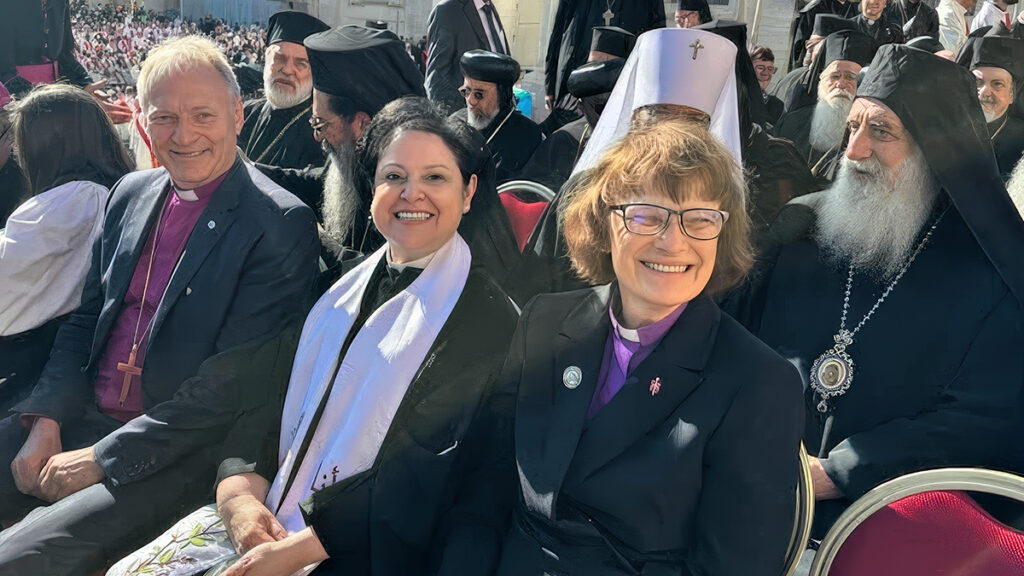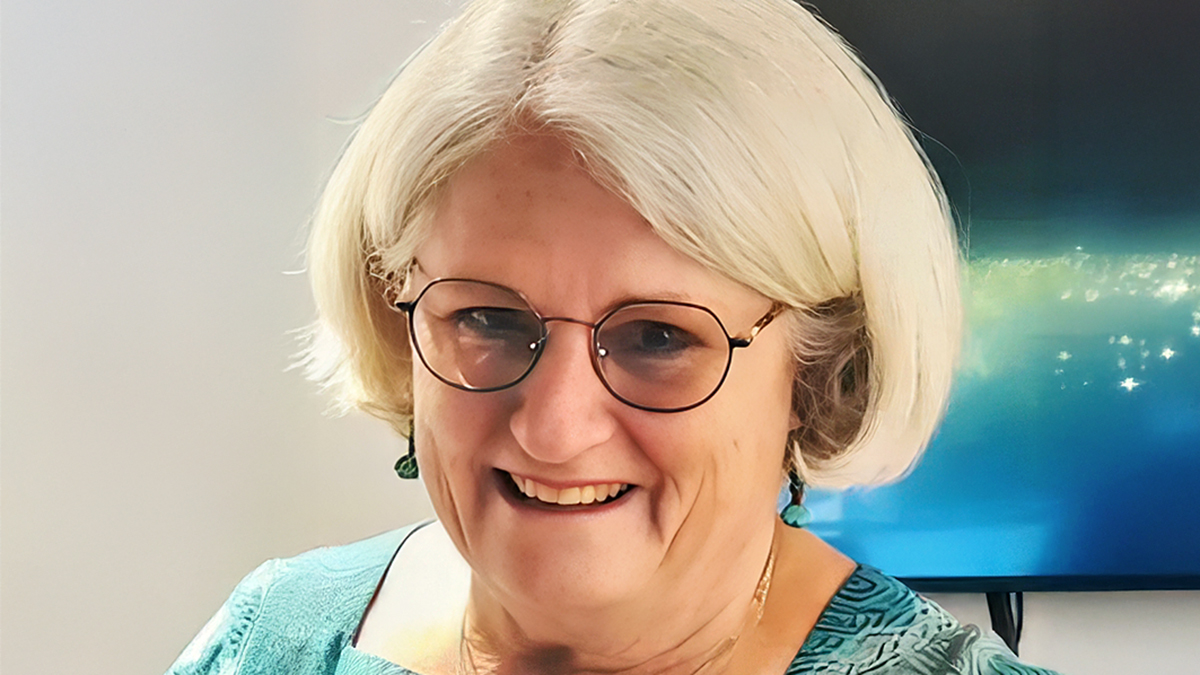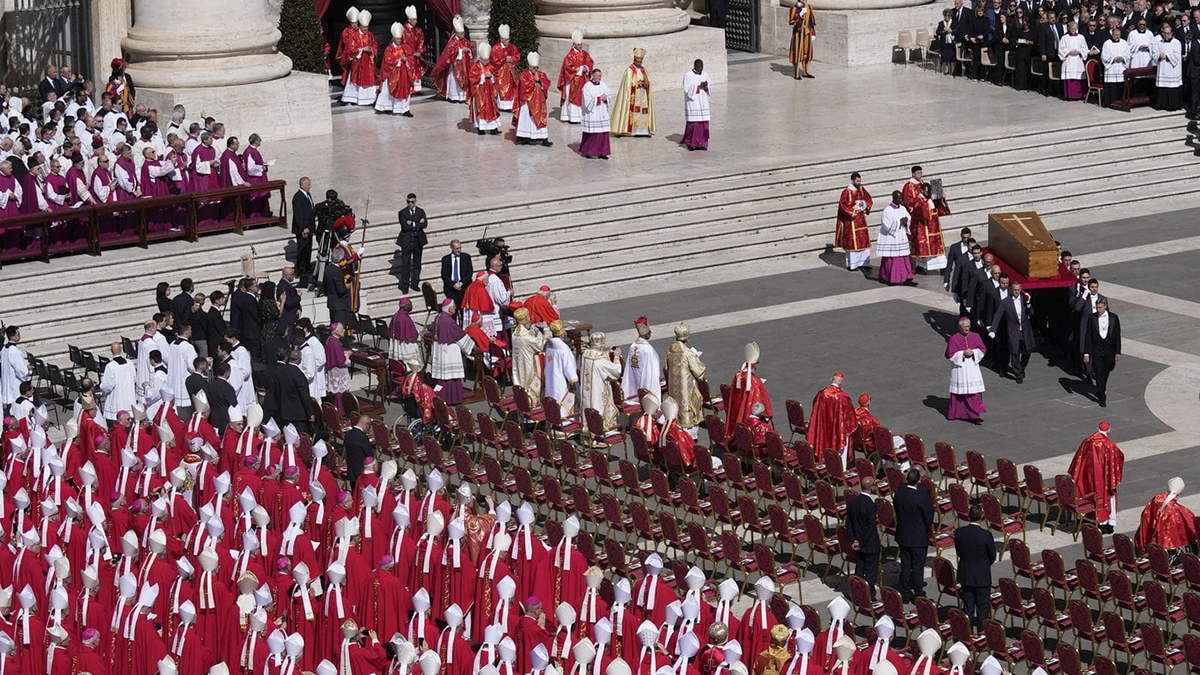The aerial shots at Pope Francis’ funeral strongly indicated the absence of women in liturgical leadership.
This is a problem.
Pope Francis was very proactive in including women in leadership roles, such as in the Curia and the International Theological Commission, where there are currently three women.
He championed other initiatives, such as allowing women to be acolytes and developing the new role of catechist.
These steps move us in the right direction, but the power imbalance is critically obvious.

Pope Leo XIV has stated that the Church should not clericalise women—meaning, it should not simply insert women into clerical roles shaped by a culture of power that Pope Francis once described as a “cancer.”
Our new Pope Leo XIV has been quoted as saying that what we do not need is to clericalise women, since clericalism was described by Francis as a cancer and the power imbalance is deeply engraved into this role.
We do not need women being absorbed into that role, creating further difficulties in our progression towards a synodal church.
Besides the political dignitaries, the women who seemed closest to the liturgical action at Pope Francis’ funeral were women from other Christian traditions.

Seated immediately behind the Orthodox leaders were three women leaders of world communions: Rev. Tara Curlewis, an Australian from the World Communion of Reformed Churches; Rev. Najla Kassab, president of the World Communion of Reformed Churches; and Bishop Debra Wallace-Padgett, president of the World Methodist Council.
These women are liturgical leaders.
So, if we dream of what is possible, where can it take us?
The Church usually does not pay for women’s liturgical or theological education, but it does pay for such education for men.
How can that imbalance be shifted?
Permanent deacons are not paid at every appointment, so their wives bear the financial burden for the family.
Is this just?
The hierarchy often treats pastoral associates who take the leadership role in parishes without a priest in a way that does not reflect their leadership.
What has to change canonically?
Women are not usually included in the major decisions made in the liturgical space, which is where the source and summit of our Church’s life are maintained.
What can change to make it more synodal?
In Australia, the Plenary Council in 2021 – 2022, saw a decree pronounced about the situation.
During that Council, the most contentious issue was the role of women in the Church.
The decree’s initial formulation was passed by the full Council but rejected by some bishops, causing disruption.
Many men and women simply quietly stood on the perimeter of the room after the coffee break and refused to be seated. Many wept.

- Dr Angela McCarthy is an adjunct senior lecturer in theology at The University of Notre Dame Australia based in Fremantle, Western Australia.
- Flashes of Insight is an international publication. The editorial policy is that spelling reflects the country of origin.

